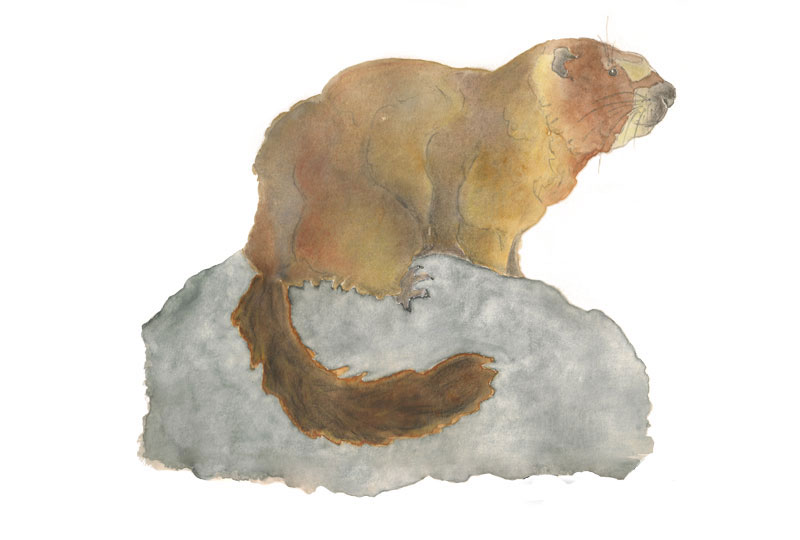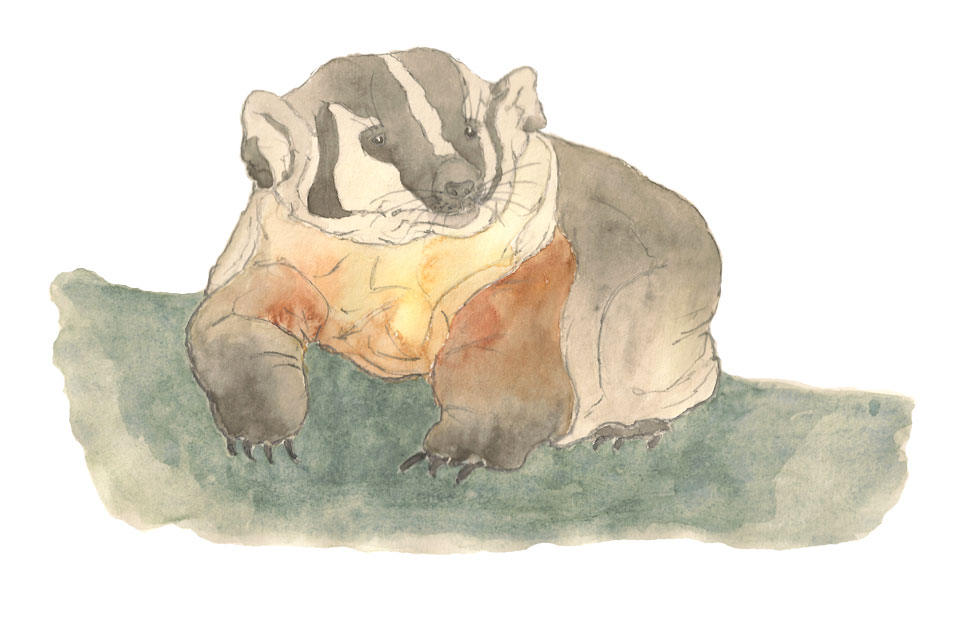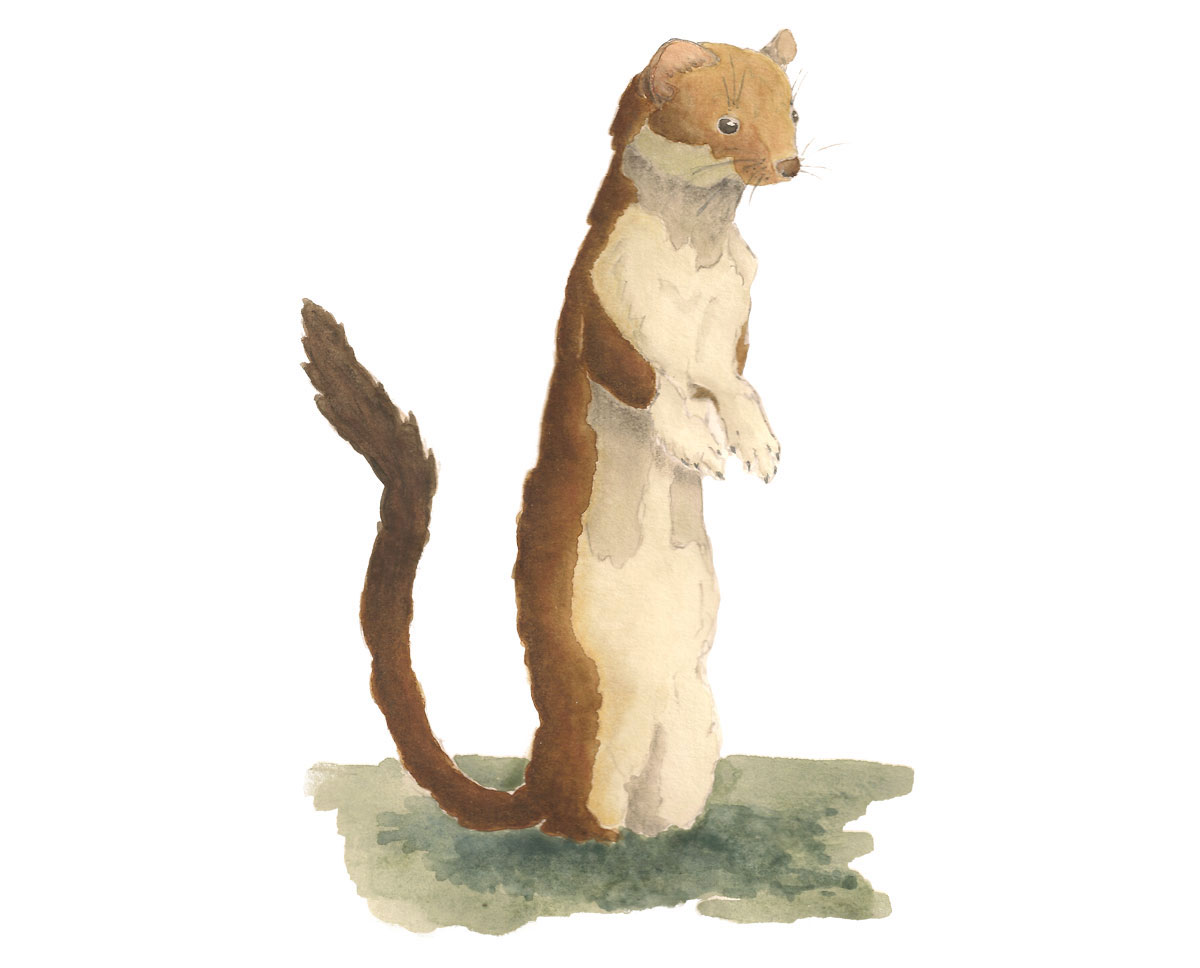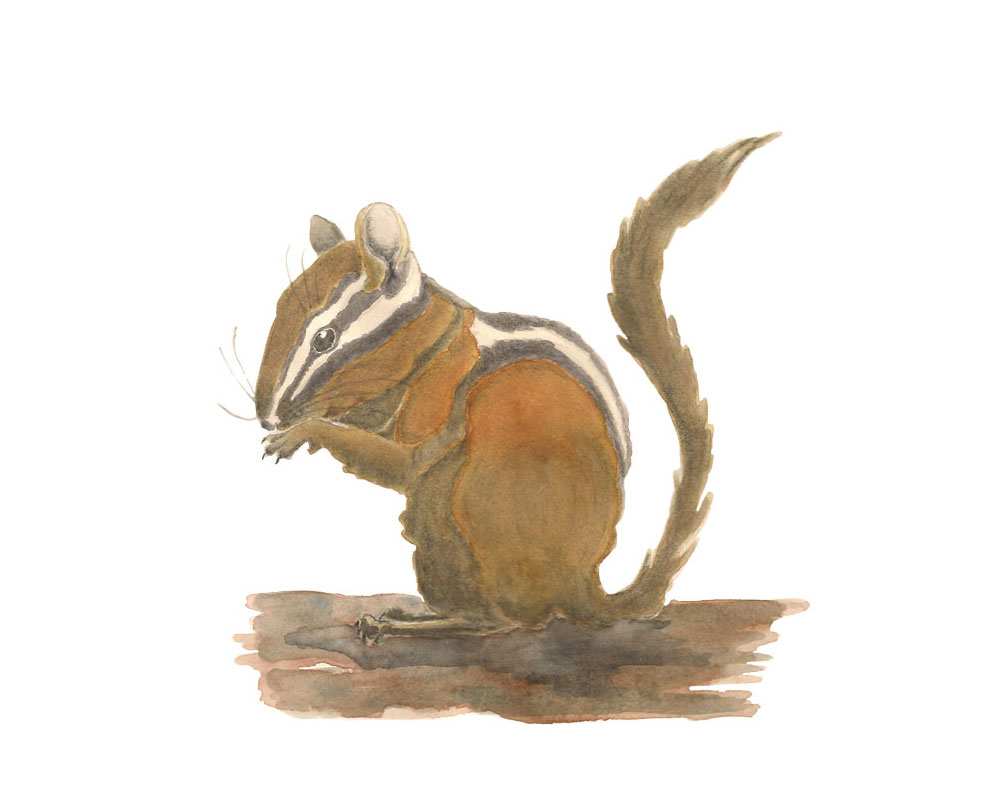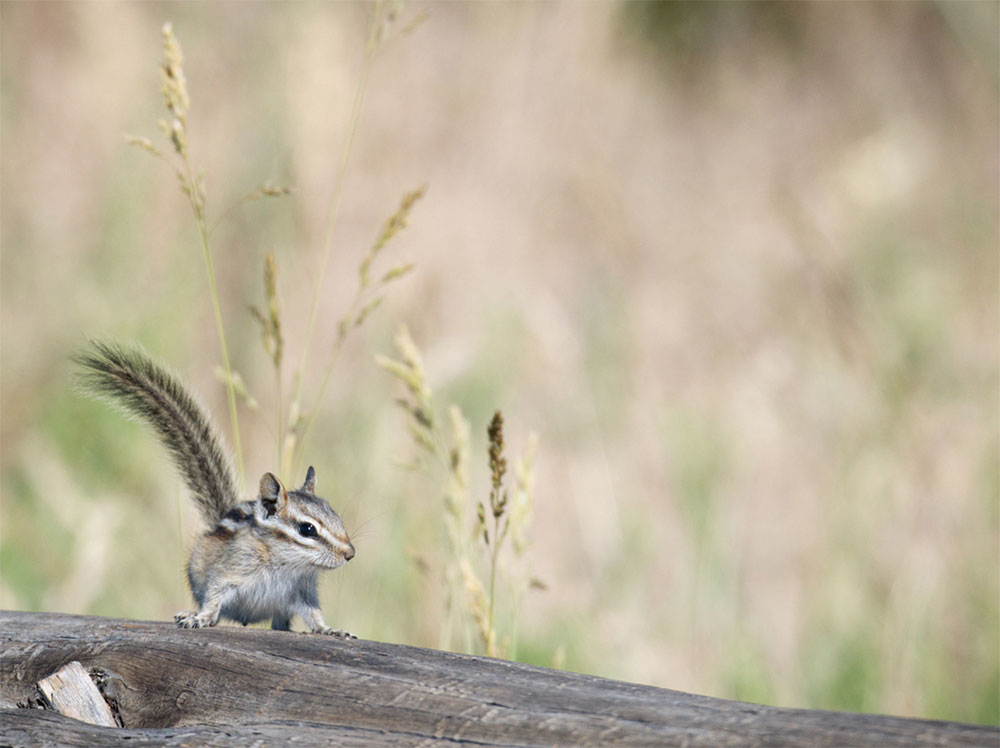Typically seen at high elevation in rocky fields, marmots live in colonies of up to 20 individuals. Marmots are one of the largest rodents, growing as large as 11 pounds. Although they prefer high elevations, they also can be found at lower elevations. They feed on grasses and forbs in early summer, and switch to seeds in late summer.
Marmots hibernate for up to 8 months in winter, and typically emerge from hibernation in May. They mate soon after hibernation and give birth to an average of 5 young per year.
Marmots are known for the whistle, of screaming sound they make, and had been dubbed “whistle pigs” by early explorers.

